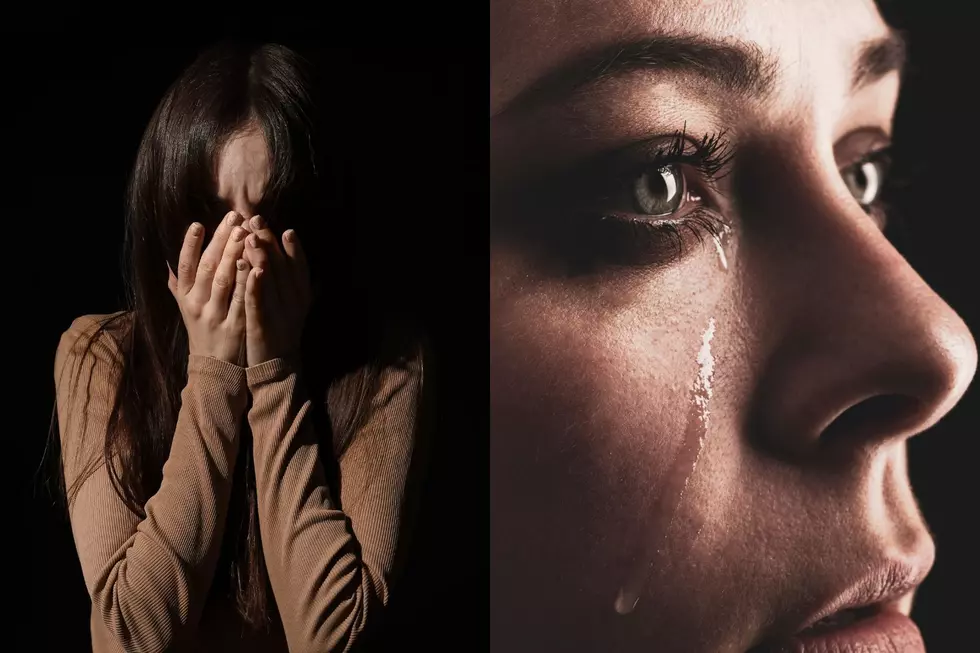
Sleep Disorders Can Cause Fatigue and Frequent Waking
When it comes to sleeping at night, would you say you get at least seven to eight hours of rest per night?
According to the Lansing State Journal, there are more than 86 different sleep disorders. Some are common and some are very rare, but they all affect the quality of sleep you get.
If you find it very difficult to fall asleep at night and you believe that you have a sleep disorder, the first step is to talk with your primary care provider.
If your primary care provider agrees, you may be referred to the McLaren Sleep Center for a sleep study.
Several symptoms of sleep disorders include:
1. Fatigue.
2. Restless sleep.
3. Snoring.
4 Frequent waking.
5. Daytime drowsiness.
The best way to diagnose and treat a sleep disorder is with a sleep study. During the study , staff monitor electrodes go on the legs for restless leg syndrome, respiratory belts go on the abdomen to monitor breathing, an EEG to monitor brain waves to tell what stage of sleep patients are in, and an EKG, to look at the heart. (LSJ)
Staff will also monitor an EMG that looks at jaw tension. This is all considered part of a baseline PSG test.
You can expect to spend a full night at the sleep lab, up to eight hours. Once the study is complete, the patient will receive a diagnosis and treatment plan.
Many sleep disorders are easily treatable. (LSJ)

KEEP READING: 15 Natural Ways to Improve Your Sleep
More From Mix 97.1









